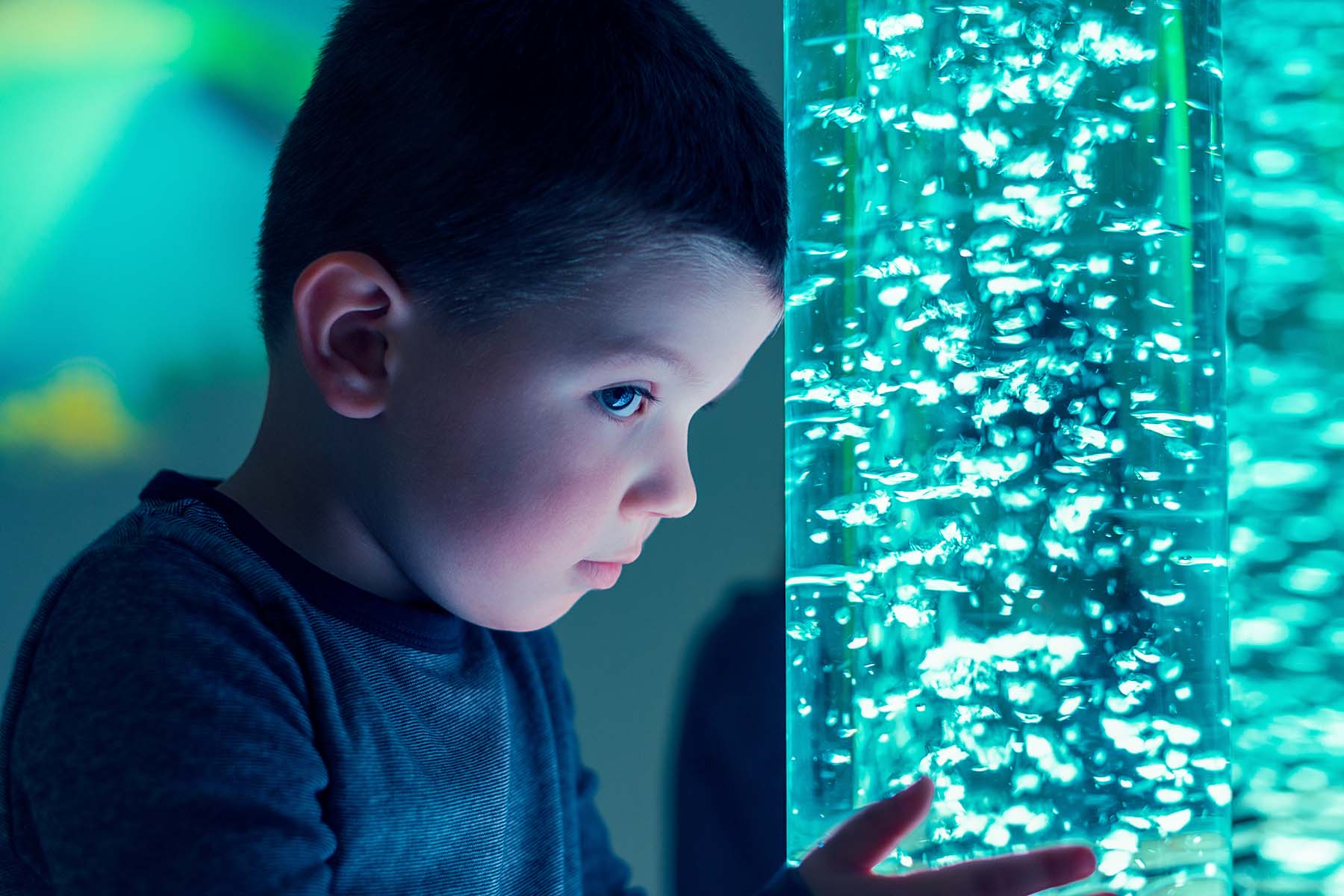New ADHD Treatments: Do They Work?

Attention deficit hyperactivity disorder (ADHD) is a common condition that affects at least 5% of children. This neurodevelopmental disorder often challenges parents, tries teachers’ patience, and leads to self-esteem issues in children and teens.
The symptoms can be disruptive and hard to ignore:
- impulsive behaviors
- overly active behavior
- difficulty getting along with others
- trouble paying attention
More boys than girls are diagnosed with the disorder, but girls may also exhibit different signs – more distractibility and daydreaming but less fidgeting and squirming, for example.
Regardless of gender, adolescents with ADHD do not outgrow it, and the consequences of an untreated disorder can affect them for life.
Adults with symptoms of ADHD continue to struggle with self-control and focus, life skills that are important to succeed in the world.
“It changes over time, but it doesn’t go away,” says Alan Delamater, Ph.D., a pediatric psychologist with the University of Miami Health System. “The adult usually learns [what’s inappropriate behavior], but the underlying restlessness remains.”
While there are no cures, there are ways to help ameliorate or ease the symptoms. Now, a new crop of treatments — four of these approved in the past three years — are at the disposal of psychologists, physicians, and parents.
But before exploring these possibilities, Dr. Delamater suggests parents make sure the child is correctly diagnosed.
Not every child who can’t stay in their seat has ADHD.
“There are a lot of misdiagnoses,” he explains. “There are plenty of kids who are antsy, but it’s the kids whose behavior leads to impairment who might have ADHD.”
Determining whether or not the child has the disorder requires “a comprehensive evaluation” that includes a detailed medical and developmental history, clinical interviews, psychological testing, hearing and vision tests, physical exams, and a behavior rating scale filled out by parents and teachers.
“We don’t have a single magic test to use,” Dr. Delamater adds. “It’s a multi-step process.”
This helps healthcare providers distinguish between ADHD and other neuro disorders that may have similar symptoms.
Typically, child and adolescents with ADHD will be treated with cognitive behavior therapy, special accommodations in the classroom, and stimulant medication. Parents usually receive counseling and behavior management training as well.
Now, four FDA-approved ADHD treatments seek to augment or replace the therapies that have been used for years.
But, do they work?
Here’s a rundown of the most recent additions to the ADHD toolbox:
EndeavorRx is a video game, the first game-based ADHD therapeutic treatment approved by the FDA.
It’s meant for children ages 8–12 years old and for only certain types of ADHD. You need a prescription to buy it, but it has garnered much media attention because it makes treatment fun and accessible. A study in Lancet Digital Health showed that it helped improve inattention in patients with inattentive or combined-type ADHD.
However, this doesn’t mean that the video game is all play. EndeavorRx is only one part of a broader therapeutic program that may also require medication.
Dr. Delamater welcomes the concept. He likes that it offers an alternative to drugs, which can negatively affect a child’s health. “It’s attention training by using something that appeals to kids, like going to a mental gym.”
However, he points out that this is just one study, and the reported positive outcomes didn’t transfer to the classroom. For now, “I’d say it’s promising, but we need more data,” he adds.
The external Trigeminal Nerve Stimulation (eTNS) system, approved by the FDA in 2019, delivers low-level electrical stimulation to the brain.
Under a caregiver’s supervision, electrodes are stuck on the forehead while a child sleeps. In a clinical trial published in the Journal of the American Academy of Child & Adolescent Psychiatry, eTNS has been shown to reduce ADHD symptoms.
However, like the study of the video game, this is just one study, and relatively few children participated. More than 50% of the children also experienced headaches, fatigue, and increased appetite.
Dr. Delamater is not aware of any colleagues using the TNS device. “Right now,” he added, “there’s not enough data” to recommend it.
Two new drugs were added to the ADHD treatments arsenal in 2021.
They are Azstarys, a stimulant medication, and Qelbree, a nonstimulant, for children six years and older. Current treatment protocols already involve medications, usually a central nervous system stimulant. The best known are Ritalin and Adderall. However, treating ADHD children with drugs, while shown to be effective, has been controversial for years, and some parents fear that children are sometimes overprescribed.
The newly-approved drugs may add fuel to that debate, but they also offer another option for kids on medication. (At least two-thirds, and as many as 75%, of children diagnosed with ADHD are on prescription drugs.) Dr. Delamater suggests caregivers speak to their pediatrician about changing or replacing older medications.
“These may provide an alternative for those who don’t respond well [to existing medication] or have problems with side effects,” he said. “But they’re not a magic pill.”
No matter the newfangled treatments, he adds, “managing ADHD still requires multi-modal therapy. We still need several therapeutic approaches together, not just one.”

Ana Veciana-Suarez, Guest Columnist
Ana is a regular contributor to the University of Miami Health System. She is a renowned journalist and author, who has worked at The Miami Herald, The Miami News, and The Palm Beach Post. Visit her website at anavecianasuarez.com or follow @AnaVeciana on Twitter.
Tags: adult with ADHD, Dr. Alan Delamater, hyperactivity and impulsivity, neurology care in Miami, people with ADHD, positive behaviors
